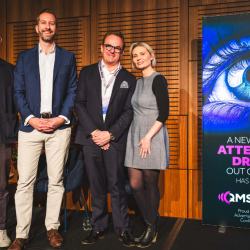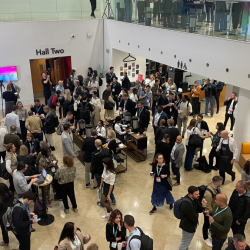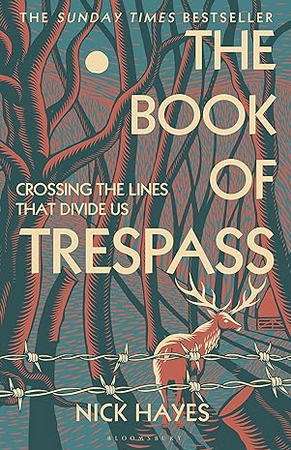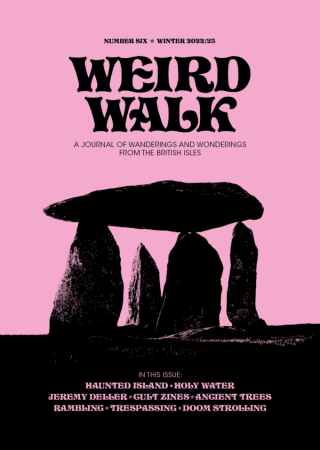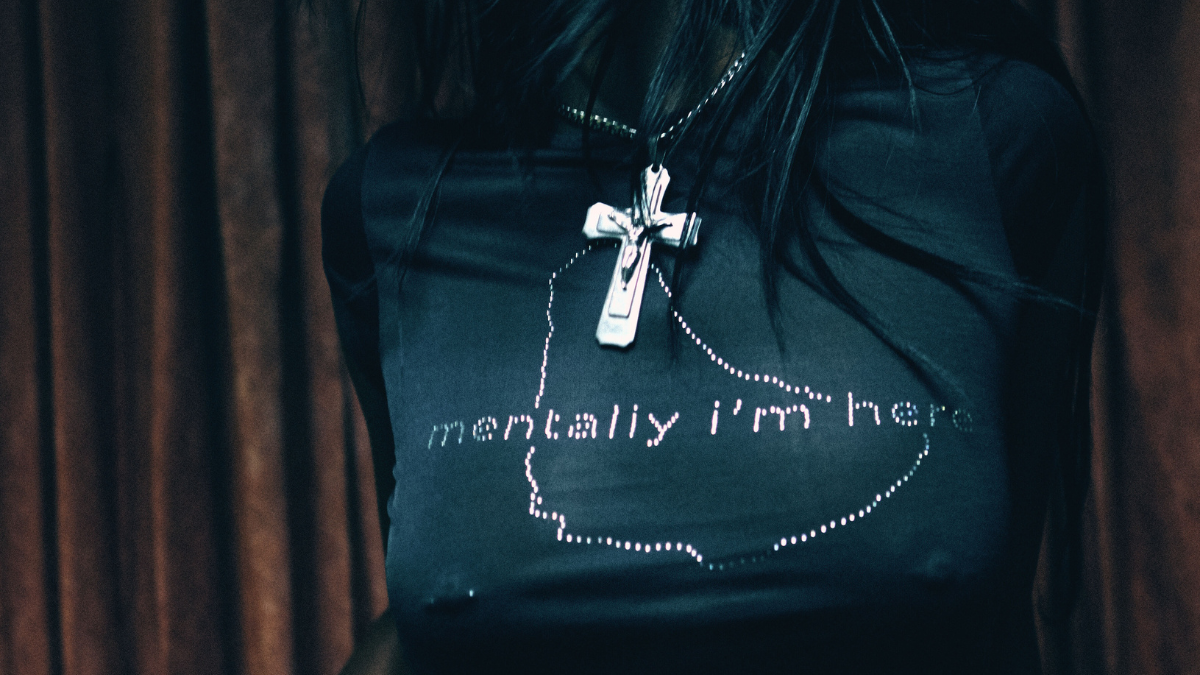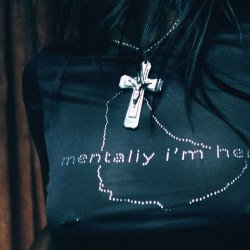With the emergence of terms such as ‘digital self-harm’ and increasing coverage of social media’s negative impact on mental health, it’s clear that we are being failed, even insidiously led astray, by technology. The promise of meaningful connection rings hollow when our experience online is atomised into individually curated worlds. And when AI can conjure creativity and story out of a black box of data, it seems that mythology is being digitised as well.
In response, we’ve seen an explosion in alternate forms of belief, ones that value something that the rational world of technology cannot provide, seen in phenomena like WitchTok, currently at 51.4 billion views on TikTok. There is growing hunger for connection to something collective and enduring, and many are finding it in folk culture.
A wave of creators and artists are connecting to stories of folk in the UK with a renewed purpose, reimagining tradition in a way that is relevant, urgent even, in our climate crisis/culture war divided/cost of living suffering nation. Central to this new wave of folk is a commitment to community, to open up rather than to close off, to include not exclude.
Whether it’s The Stone Club’s inclusive declaration ‘Stone Club is for Everyone’, Nick Hayes (Right to Roam campaigner and author of The Book of Trespass) and the creation of Silt Witch Esme Boggart to protest against no-fault evictions, The Wad, an all-female Morris side from Cornwall, offering a progressive modern take on traditional dance; the common theme is creativity, solidarity, inclusion and connection.
Ultra cool zine Weird Walk captures this spirit, when they declare their intent to wonder in a way that ‘bypasses nostalgia and leads us back towards optimism and re-enchantment’ — a celebration, not of history, but of hopeful connection for the future.
This philosophy of neofolk and the aesthetics of it are emerging into media and consumer culture
Summer 2023 saw the release of Bridgette Christie’s comedy drama series The Change, following one woman’s experience of the menopause and the journey through folk traditions as a pilgrimage of agency and self-exploration. You might have seen Boss Morris dancing with Wet Leg at the 2023 Brit Awards. Even the enormously popular BBC comedy Ghosts explored history, through a lens of values shared with its contemporary audience. Fashion and apparel is integrating heritage into brand messaging and product design, that refers not only to heritage of brand itself, but to a shared heritage and mythology. Rixo’s jewellery line, with its early medieval inspired designs recalls the treasure trove of Sutton Hoo, or Burberry’s re-embracing of its knight errant logo, with its themes of adventure, chivalry and legend.
It’s no wonder that these influences are rooting in categories that are so much about identity and belonging. Whilst the pandemic served as catalyst for driving similar aesthetics such as Cottagecore and Goblincore, what differs about this cultural movement, is that rather than seeking to withdraw from life and to disconnect, neofolk seeks to connect; to build new axis of belonging and community. It seeks to connect us to nature and its rhythms in a more meaningful way. Consider British perfume brand Ffern who celebrated Samhain, the Celtic and Wiccan festival that later became Halloween, rather than creating a pumpkin spiced SKU.
Neofolk becomes a vessel of representation and participation, open to all, connected to nature, alive with magic and agency that exists outside of the systems that have failed to unite us, failed to protect the environment, failed to include us. It costs nothing to see one of the hundreds of accessible megaliths in fields up and down the land and Morris dance exists mostly in pub car parks — but you do have to be there.
It’s this sense of shared journey and the real that is connecting with people, contrasting the artificial uniqueness that social media curates for us, where our view of the world is fed by AI and algorithms that know what we want as an individual, rather than what we want as a community.
Neofolk represents an antidote to the alienation of technology, and its hyper individual world that can only ever exist for you.
As fears around the impact of digital spaces and the coming threat (real or imagined) of AI grow, marketers and brand owners are capitalising on the equity of their brands as real, tangible expressions of values and belonging. In many ways, embracing a heritage is a statement of longevity; something that our world of fast-moving consumption cannot achieve. In this context, celebrating the ancient is really a celebration of the future, in a way that isn’t coded in the potential threatening trappings of digital futurism.
So rather than consuming individual fantasies, is it time to participate in shared dreams?
Featured image: Julia Caesar / Unsplash




